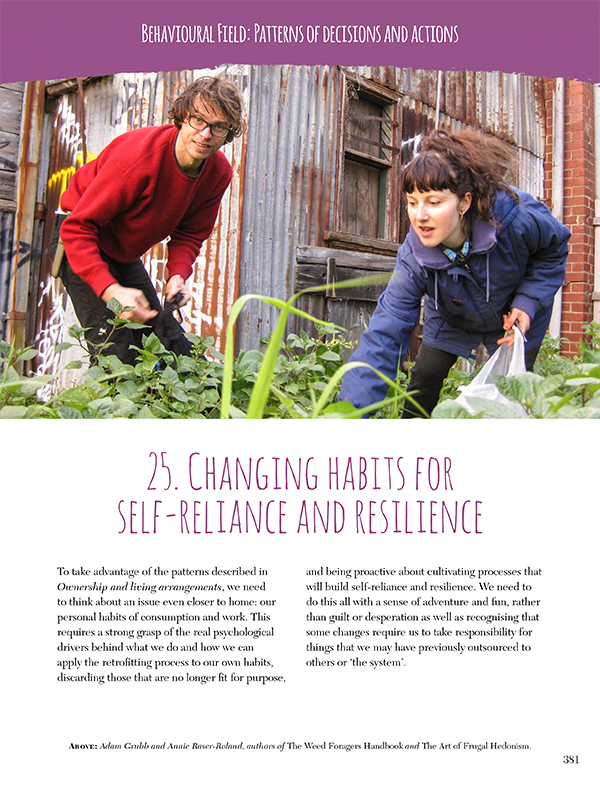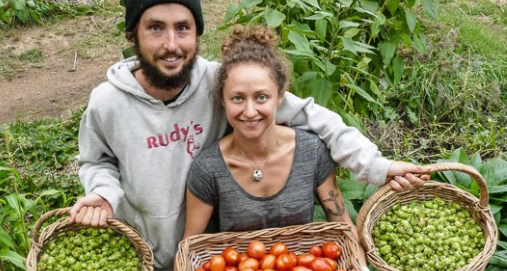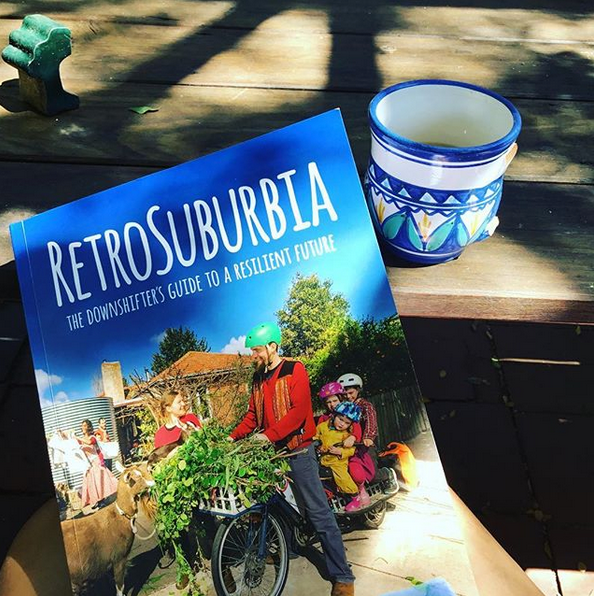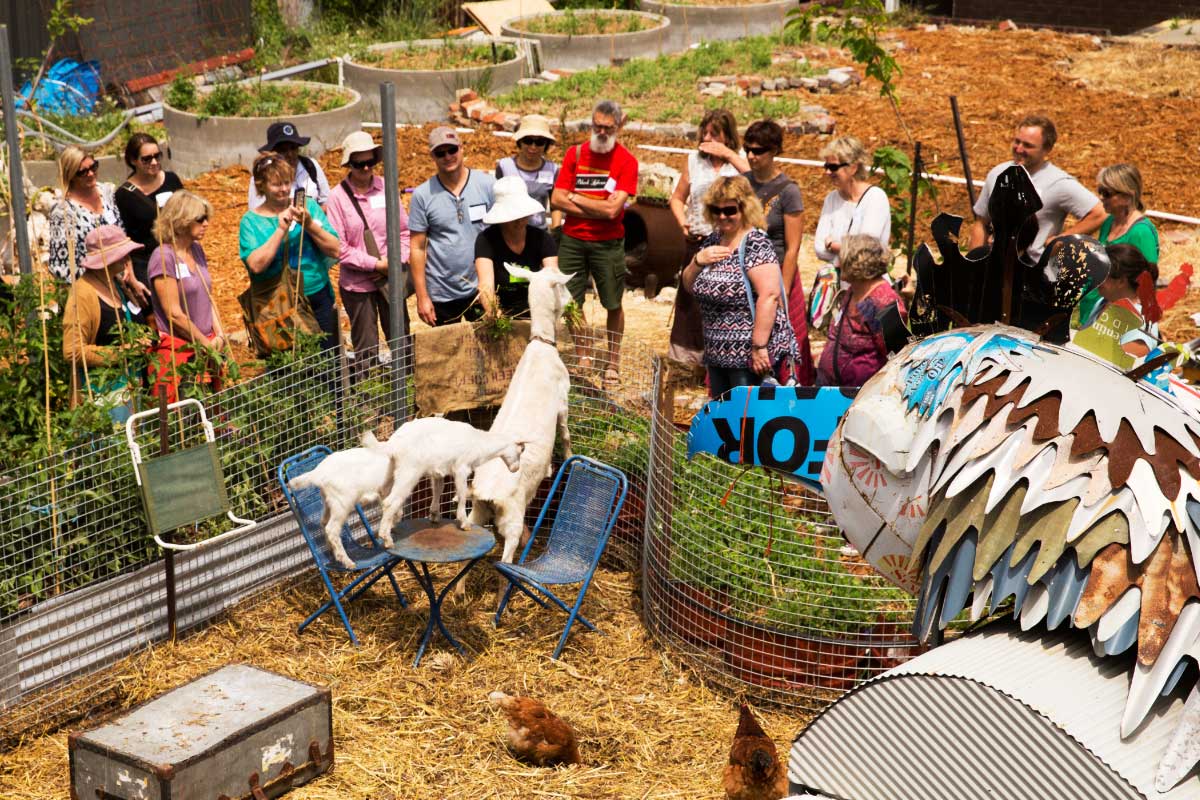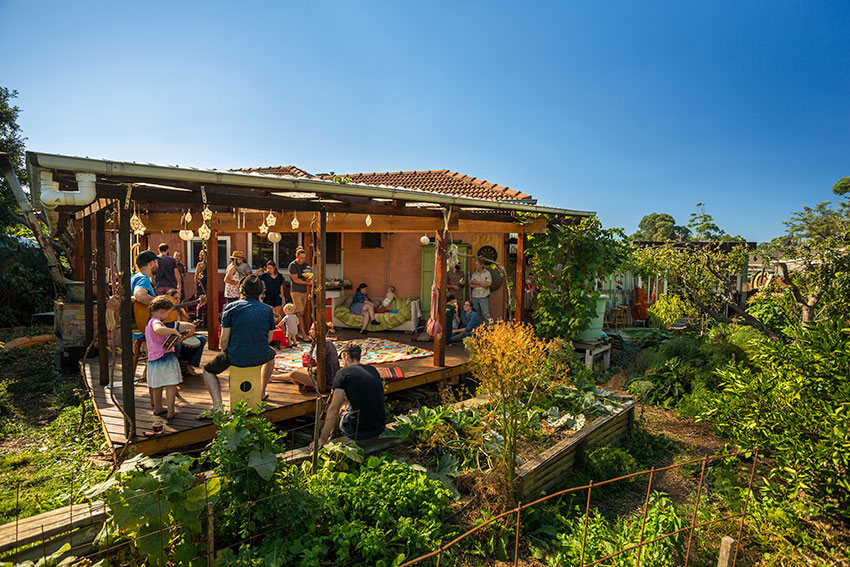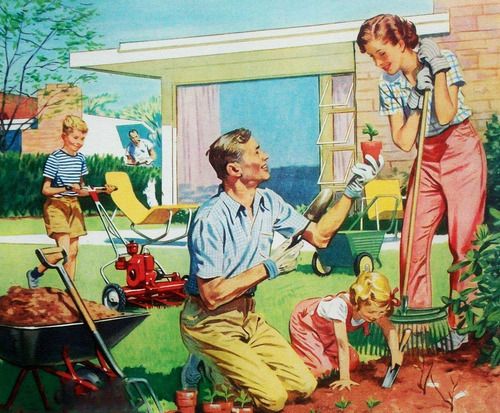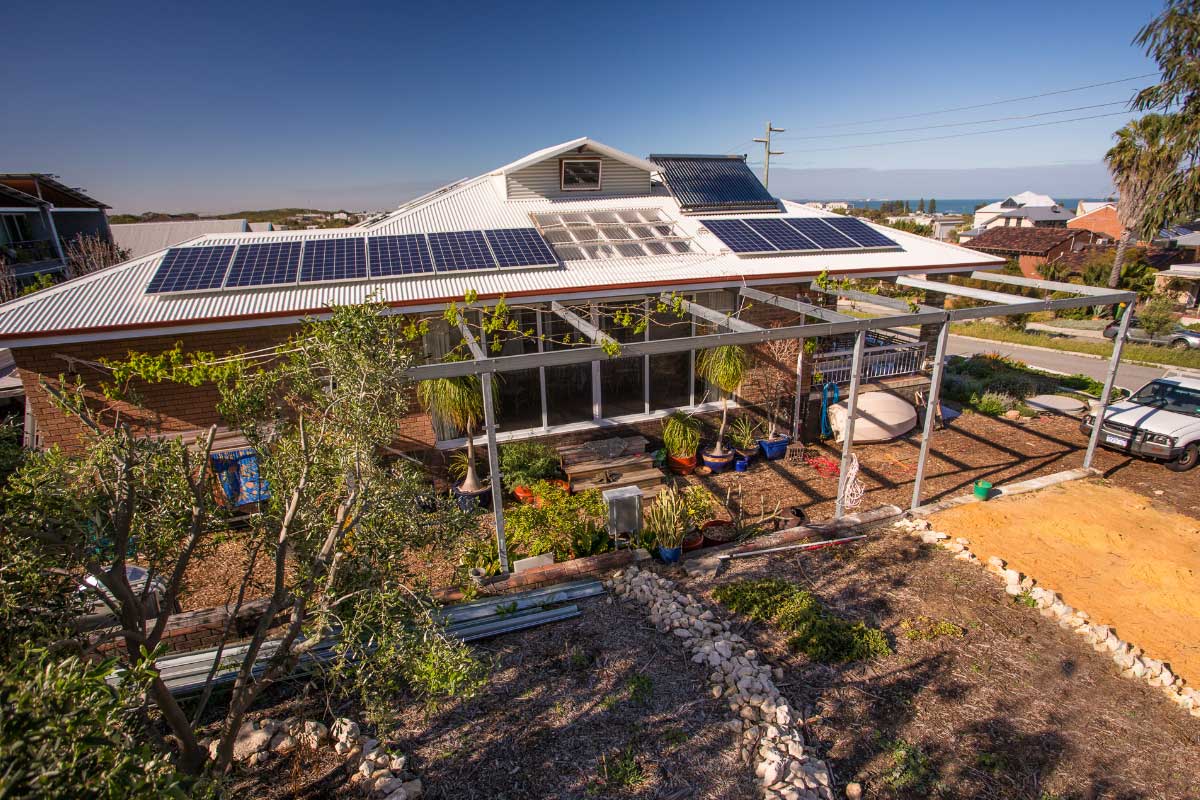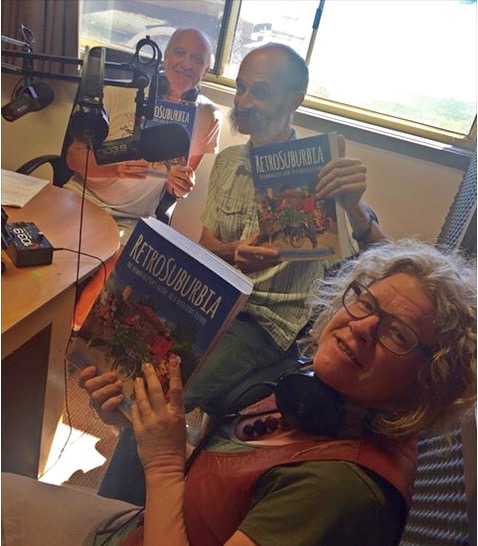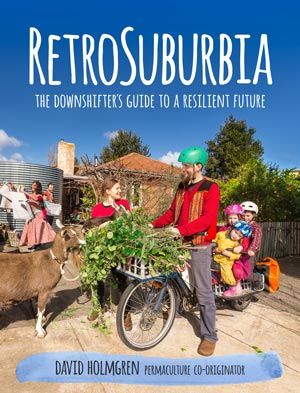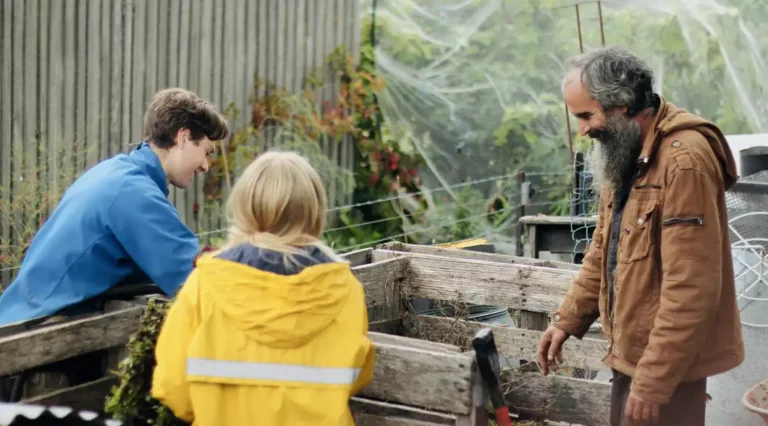815 Farm Case Study
The Story
Marta and I first met in Daylesford in 2017. We were “SWAPs” with the incredibly inspiring “Artist as Family” and quickly grew in love with each other, this region and the beautiful people who inhabit it.
We returned about a year and a half later, married and pregnant. Despite having family in different part of the state, country and the world, we decided that we wanted to raise our child amongst the best community that we had ever come across.

We first met our landlords, Julian and Deanne through the Facebook page, “Central Victorian Land Share” shortly after deciding we would come back to Daylesford, while visiting Marta’s family in Poland.
They sent us pictures of the very gorgeous wooden cottage on their property, a shotput from their larger mud brick house that they live in with their two sons.
We had a Skype call in early July where we discussed living arrangements and finer details of the agreement and we got such a great feeling from them, that without even having the chance to see our new home, we agreed to move in August.
Marta and I had been constantly discussing what the best living arrangement was for us since we met and although we liked the idea of setting up a work/trade agreement with Juls and Deanne, they preferred for us to rent, which we were also happy to do.
It meant that I would be able to work for money which we needed after years of traveling and volunteering and Marta would be able to work on setting up our home and garden. We still feel like we’ve got the best if both worlds.

We have the freedom and flexibility to pursue our own interests, careers and exploration away from the property, while also feeling like we’re a part of a little community.
We have no fences inside the property and the land boundaries between “ours” and “theirs” are fluid and are constantly reshaped depending on each family’s needs, land availability, food growing opportunities, seasonal factors, experimentation and chances to revive and “up-cycle” existing infrastructure that has become obsolete.

We have a land share arrangement but we have so much more.
Our households share produce, skills, knowledge, clothes, space, stories, rides, meals, tools, materials, laughs, projects and good company.
When we arrived we created a few new garden beds and set to work growing a lot of food from seed but since Ray was born, we found it very challenging to give the garden the TLC it needs and deserves and our focus has been almost solely on growing our new family and trying to support each other in our new roles as parents.

We are still trying our best to make waste free choices, support local producers and limit our dependence on the mega monopolies that have ruled our world.
It doesn’t come without challenges though and often we slip. It can be extremely exhausting to raise a family “care-fully” with the consciousness that every decision we make is impacting our community and our human family.

A little part of us weeps when we are pressed to make harmful consumer choices out of necessity but we still have a dream of being a part of a saner, healthier world and we carry that with us in our daily lives.
We are far from knowing all the answers but we have a vision and a motivation to live in a harmonious world. Even if we don’t see that day, we hope our son will.

Sharing land, resources and resilience with people on the same page as us is one of our small and slow solutions.
Here’s hoping that our small solutions, together with yours and the armies of other change-makers will add up to something extraordinary one day.
With Love
Connor, Marta and Ray
Summary + Statistics
Retrosuburban Real Estate Checklist rating: This property hasn’t yet been rated.
Location: 8A Fifteenth St. Hepburn Springs, Victoria 3461
Rainfall: Around 800mls annually
Soil: Clay
Build: Relatively new double storey timber cottage, built from new, recycled and salvaged materials.
2017 Property Value: AU$
Household: Family of 3: 2 adults and 1 child
Animals: None
Land Size: 8000-10000 m2
Floor space: 70m2
Roof area: 40m2
Water tank storage:
Tank water use:
Mains water use:
Greywater:
Power: Mains
Annual Power imported: 0
Av. Power produced: 0
Av. Power used:
Hot Water System:
Annual Wood used:
Food production: Vegetables, fruit, herbs and honey
Waking hours at home: 70-90% depending on whether Connor is working or not.
More Case Studies

Eco-Flat Brisbane is a one-bedroom apartment that is slowly being retrofitted to support a low cost, contented way of living. Our intention was to have no mortgage or other debts, free of car ownership and living as lightly as possible.

In 2011, Theo Kitchener and Roger Sharp envisioned a permaculture and appropriate technology demonstration sharehouse to show how much could be done in a rental in the suburbs. They wanted somewhere affordable where they could settle in and stay long term, with a large garden, close to a...

Our quarter-acre plot, which we call Tree Elbow sits on the edge of town, the Central Lake Reserve and the Wombat State Forest. When we moved here nearly a decade ago the vacant swampy block had only two trees: an oak to the north and a willow to the east....

When Kat Lavers moved into The Plummery in 2008, the run down old house required substantial repairs but was well-located with plenty of potential. She wanted to design and implement a permaculture system and experiment with urban food production strategies.

I decided that I would need a one storey house on a north-facing reasonably flat block with space for a small vegie garden, fruit trees, three chooks, and land for the re-establishment of natural bush and corridors for wildlife. I also needed to have low water, energy and nutrient use
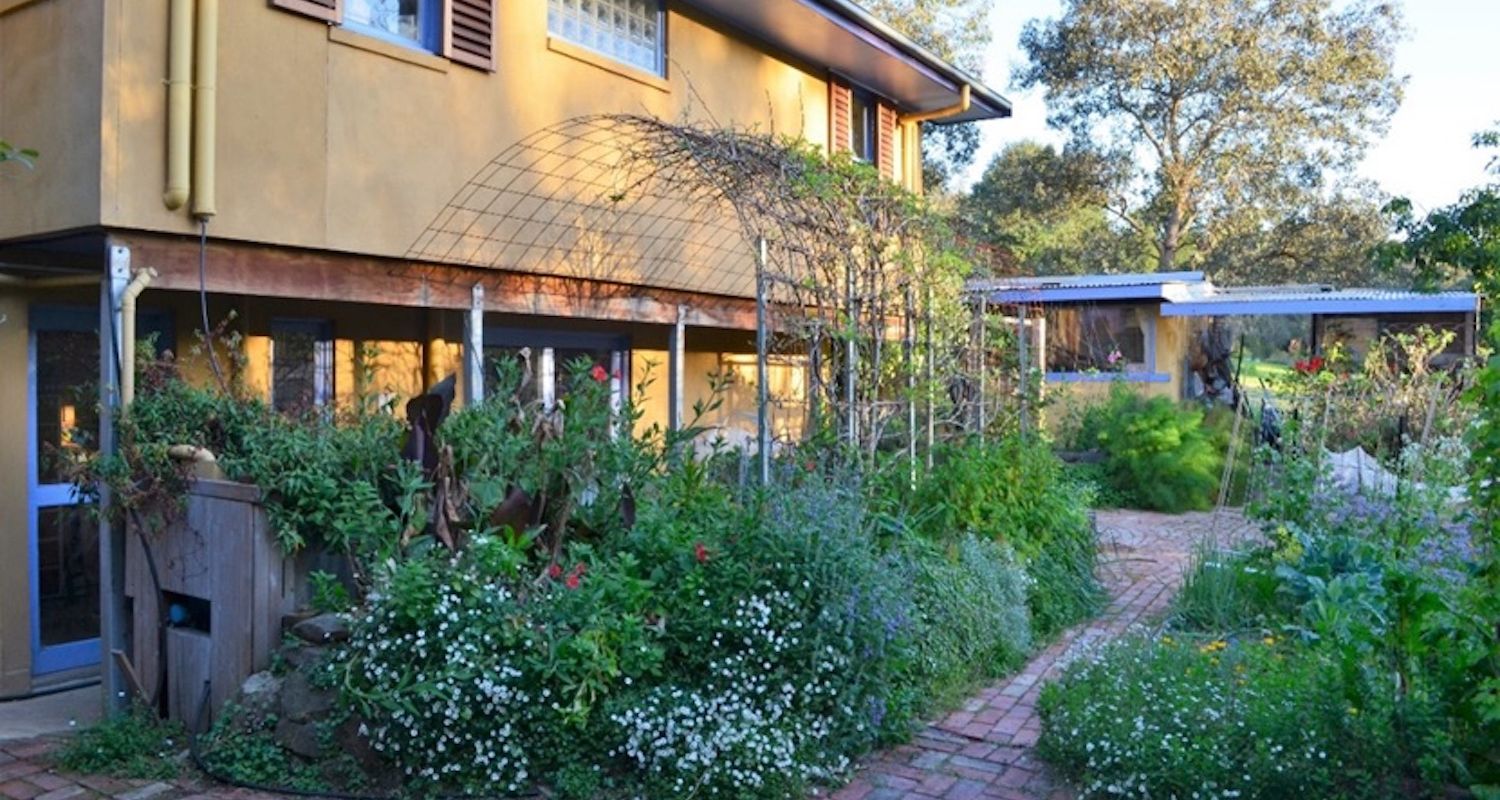
The Solomons were looking for a suburban farmhouse with generous-sized but basic rooms, established fruit trees, a bit of land and a northerly aspect. They found it in Research: a basic comfortable house 25 km from the centre of Melbourne on two thirds of an acre of land...
